
What is an unshaped refractory?
What are the types of amorphous refractories? According to the construction method and material properties, the amorphous refractories can be divided into pouring materials, plastics, ramming materials, spraying materials, projectiles and coatings.
Watering material
A material with good fluidity after stirring with water. After molding, it needs to be properly cured to make it coagulate and harden, and it can be used after baking according to a certain system. The pouring material uses aluminum silicate clinker, corundum material or alkaline refractory clinker as aggregate; the lightweight pouring material uses expanded perlite, vermiculite, ceramsite, and alumina hollow balls as aggregate. Binding agent is calcium aluminate cement, water glass, ethyl silicate, polyaluminum chloride, clay or phosphate. The additive depends on the application, and its role is to improve the construction performance and physical and chemical properties.
Construction methods of pouring materials include vibration method, pumping method, pressure injection method, and spray method. Irrigation materials are used as integral linings, often in combination with metal or ceramic anchors. If it is reinforced with stainless steel fibers, its resistance to mechanical vibration and thermal shock can be improved. The pouring material is used as the lining of various heat treatment furnaces, ore roasting furnaces, catalytic cracking furnaces, conversion furnaces, etc., and also used as the lining of melting furnaces and high temperature melt flow tanks, such as lead-zinc melting furnaces, tin tanks, and salt baths. Furnace, tapping or tapping tank, steel ladle, suction nozzle of molten steel vacuum cycle degassing device, etc.
Plastic
Plastic or mud. When an appropriate external force is applied, it is easy to deform without cracking; after the stress is removed, it is no longer deformed. Plastic materials are semi-silica, clay, high alumina, zircon, carbon, etc. There are also light plastics. Plastic materials must be added with plasticizing materials, most of which are highly plastic clay. Plasticizers can also be used to improve the plasticity of this clay. Plasticizers include carboxymethyl cellulose, dextrin, and lignin sulfonate. The binders used in plastics include plastic clay, phosphoric acid, aluminum dihydrogen phosphate, aluminum sulfate, and the like. Alumina plastics with phosphoric acid or phosphate binder will undergo chemical reaction with alumina during storage to form insoluble aluminum orthophosphate to harden the mud, so preservatives such as oxalic acid, citric acid, Acetone and so on.
The construction method generally uses the ramming method or the vibration method. When building the entire furnace lining with plastics, metal or ceramic anchors must be provided. Plastic can be used as the lining of thermal equipment such as soaking furnaces, heating furnaces, boilers, etc. It can also be used to wrap water cooling pipes of heating furnaces.
Spray feed
A refractory mixture used for spray repair or spraying. According to spraying methods, it can be divided into wet spraying (or mud spraying), semi-dry spraying and fire (flame) spraying. Wet spraying uses compressed air to spray the slurry containing 20 to 40% of refractory powder, which can achieve high mist dispersion, high adhesion rate, and can perform more uniform thin-layer spraying. The semi-dry spraying method is to add water to the nozzle to wet the refractory powder sprayed by compressed air. The amount of water added is 11 to 14%, the adhesion rate is low, and thicker layers can be sprayed. Fire spraying is dry spraying. The spraying material is sent to the flame of the fuel-oxygen spray gun. The spraying material is partially melted in the nozzle flame and adheres to the brick lining.
Spraying materials are aluminum silicon, aluminum silicon zirconium, magnesium, magnesium calcium, magnesium chromium and so on. The binders used are sodium silicate, phosphate, polyphosphate, asphalt, resin and the like. In order to improve the adhesion rate, additives such as clay, bentonite, and lime are added. In order to ensure the good sintering of the shotcrete, sintering aids such as serpentine, pure olivine, lime, refractory clay, iron oxide, etc. are also added.
Refractory coating
Material coated on refractory brick lining. According to different requirements and construction methods, refractory coatings are formulated in the form of paste and mud. The binder used varies depending on the material, such as alkaline coating phosphate, polyphosphate, and magnesium sulfate for continuous casting tundish; clay, aluminum dihydrogen phosphate, aluminum chromium phosphate, and water glass are used for high-aluminum coating. . In order to improve the spreadability of coatings, additives such as plasticizers are generally added. The coating is mainly used as a protective coating for the lining of various thermal equipment, or for repairing local damage to the brick lining.
Ramming material
A bulk refractory with very low or no plasticity. The materials are siliceous, clay, high alumina, corundum, zircon, silicon carbide, carbon, magnesium, etc. According to the material of the ramming material and the use conditions, an inorganic or organic binder similar to the pouring material can be used, such as water-soluble dextrin, carboxymethyl cellulose, lignin, sulfonate, polyvinyl alcohol; Thermoplastic paraffin, asphalt, tar, phenolic resin, random polypropylene, etc.
The ramming material adopts forced ramming construction, which has a low porosity and a high density. Therefore, in the amorphous refractories, the ramming material is particularly suitable for lining of various furnaces for smelting furnaces and containers for high-temperature molten metal. Such as open hearth and electric furnace hearth, various induction furnace linings, iron ditch of blast furnace, steel drum, etc.
Projectile
A kind of semi-dried mud which is lined with a projection machine. Mainly used for the construction of the entire steel drum lining. Materials are siliceous, waxy, clay, high alumina and zircon. The most commonly used are high silicon and high alumina projectiles.
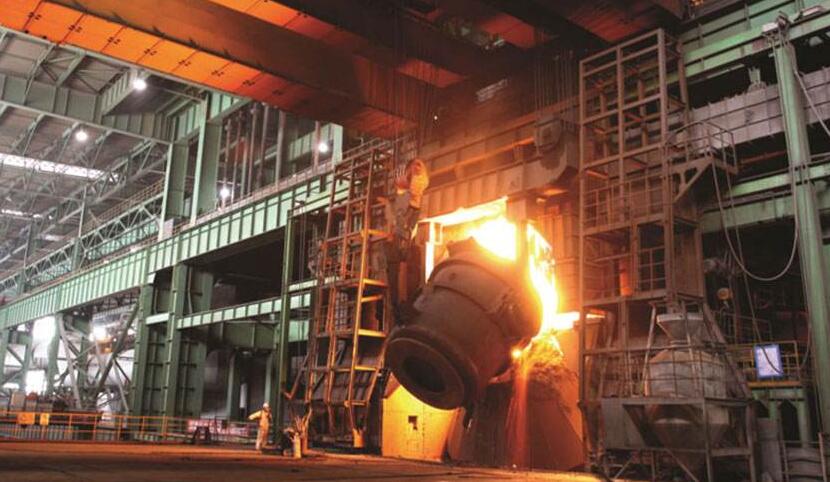
"Refractory brick manufacturing process" refractory brick manufacturing process and molecular stru
2021-11-11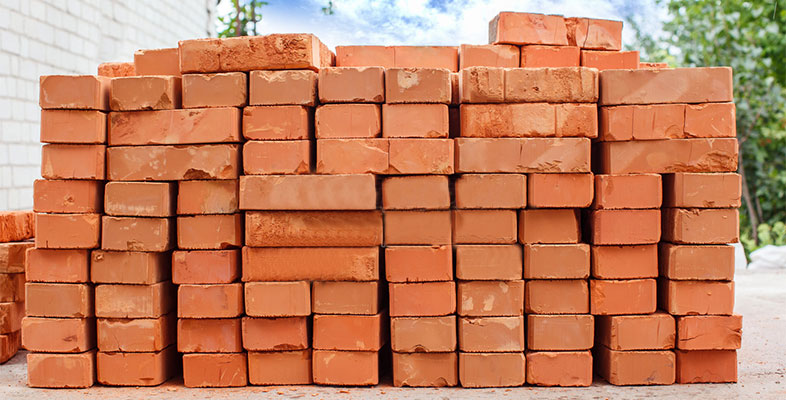
What are the characteristics of refractory bricks?
2020-01-13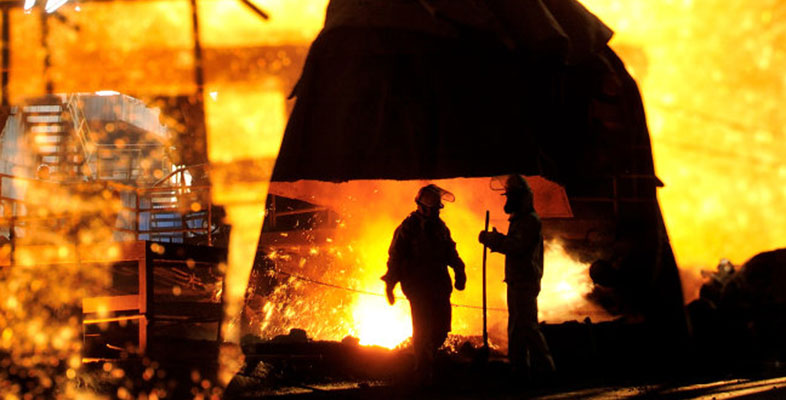
Market and resource advantages of China's refractories
2020-01-13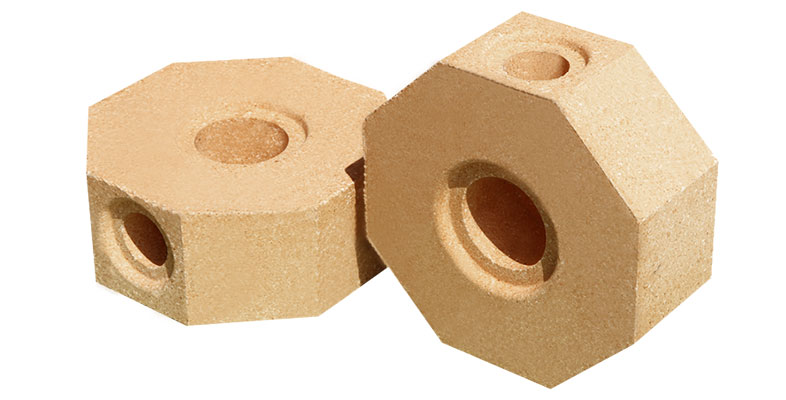
What is Unshaped Refractory What are the classifications of Unshaped Refractory?
2020-01-13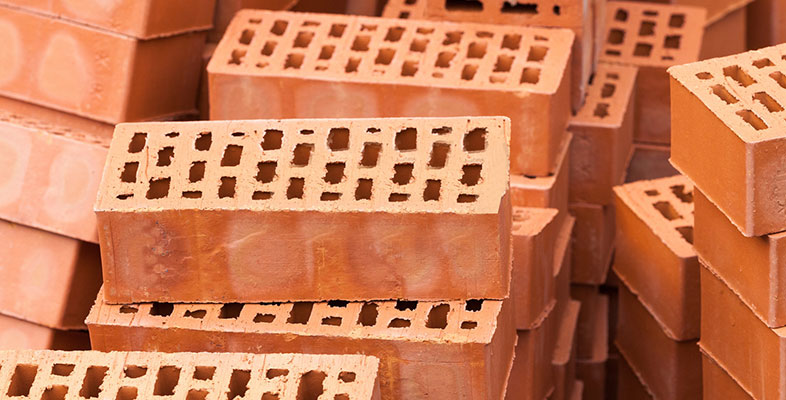
What is the definition of refractory brick?
2020-01-13
Develop efficient and environmentally friendly refractory materials to promote the upgrading and tra
2020-01-13
Changxing Ruihong Refractories Co., Ltd. website is online
2020-01-13